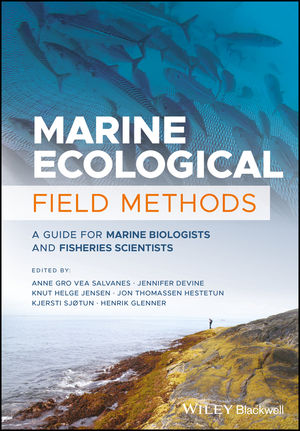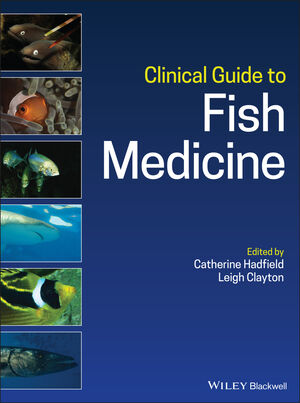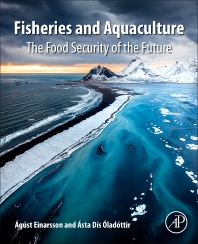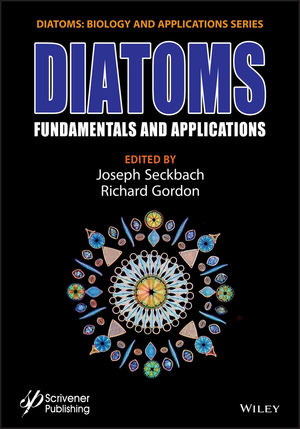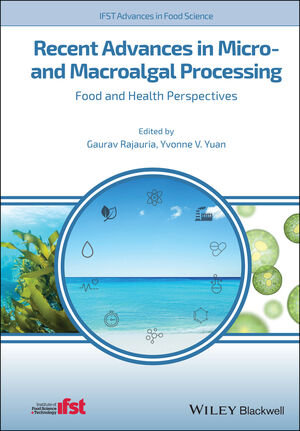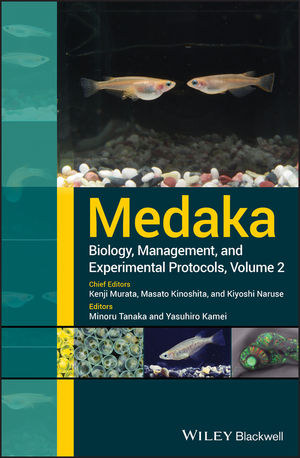
News & Views
Disease Management
Transparency and traceability as biosecurity tools
Biosecurity Asia Forum discusses the urgency of disease management
May 31, 2024 By Ruby Gonzalez
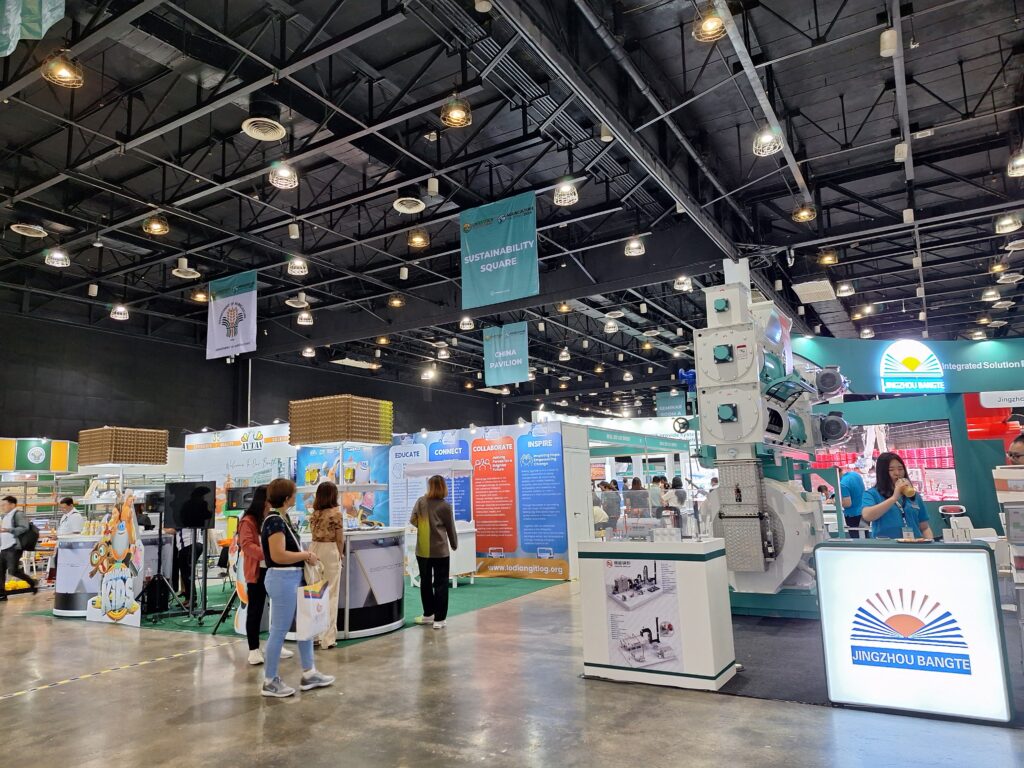 Exhibitors at Biosecurity Asia Forum 2024 wooed the market with innovative products.
Exhibitors at Biosecurity Asia Forum 2024 wooed the market with innovative products. Biosecurity can make or break a hatchery operation.
“It increases productivity in terms of survival, growth and FCR. It reduces (the) usage of expensive medicines and chemicals. Production costs are lessened because there (is) no occurrence of mass mortalities. Lastly, it hampers the emergence of antimicrobial resistance,” explained Dr. Leobert de la Peña, head of the Research Division, Aquaculture Department of the Southeast Asian Fisheries Development Center (SEAFDEC/AQD).
Peña and Dr. Celia Lavilla-Pitogo, fish and crustacean health management specialist, presented at this year’s Biosecurity Asia Forum conference in Manila on May 23. It was held on the sidelines of Aquaculture Philippines 2024, a co-host of Livestock Philippines 2024. Speakers from Singapore, Thailand and the Philippines to discuss the urgency of mitigating disease introduction and transmission to farms.
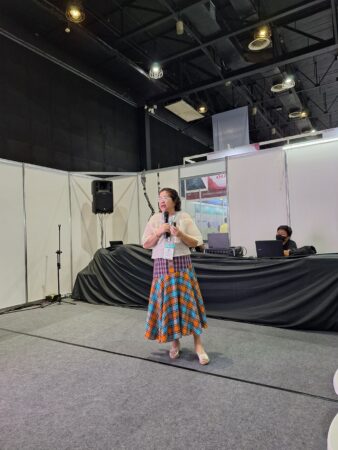
Dr. Celia Lavilla-Pitogo, fish and crustacean health management specialist
Massive economic losses are commonly traced to the unchecked spread of deadly pathogens, making biosecurity an imperative in preventing, controlling and eradicating risks to life and health in an aquaculture environment.
Holistic approach
A biosecurity plan must require a holistic approach. At the same time, it needs to be grounded. “Measures should be justifiable. It should be scientifically sound. It should be practical and not impede with routine farming practices. It should be economically viable and find a balance between benefit and cost of the biosecurity measures,” he said.
With focus on shrimps, a premium Philippine product, he said designing a biosecurity program entails monitoring health status, identification of listed pathogens and defining risks.
Pathogens that need to be “screened out of the system” should have potential economic impact on animal survival and performance.
External biosecurity excludes pathogens from incoming water, wild crustaceans, visitors and fresh feed, among others. The recommended mitigation measure for this is to use SPF and PCR analysis in shrimp for stocking and broodstock. Crab fences and pesticides could be used to keep away wild crustaceans. De la Pena emphasized that he doesn’t recommend the use of pesticides.
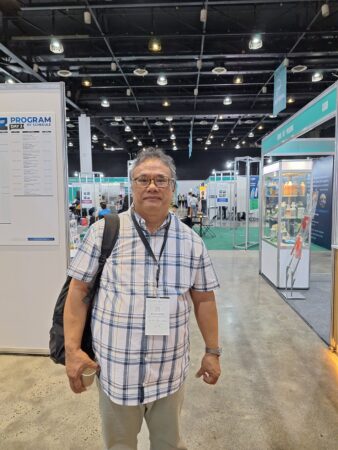
Dr. Leobert de la Peña, head of the Research Division, SEAFDEC/AQD
The goal of internal biosecurity is the containment of pathogens. It necessitates incorporating risk mitigation in standard operating procedures (SOP). Zoning and compartmentalization, for instance, increase the control and maintenance of pathogen-free areas. Visual monitoring could be made easy by providing color-coded uniforms. It allows an at-a-glance method to check if everyone is in their allocated areas.
Microscopic, bacterial and PCR tests for rearing water animals are recommended during fry selection. For stocking, he said that fry bags must be disinfected and rinsed with freshwater upon arrival. Acclimation and stocking follow. Bacterial and PCR tests must be conducted once a week.
Porous borders
“The objective is to recover production within the shortest time and with the minimal cost,” he stressed. “The efficiency will depend on the speed of the initial response to an emergency.” With this, clinical signs are warning and should always be investigated.
“Biosecurity is only as good as the methods employed,” emphasized Lavilla-Pitogo during the next session.
The porous borders of aquaculture make biosecurity a much tougher job compared to, say, swine and poultry, which were also forum topics.
On top of the 500 species of animals and plants in culture, the fluid environment facilitates the transfer of pathogens. “There are different habitats – freshwater, brackish water, marine. There are different food habits, different production systems,” she said.
The movement of live aquatic animals across international borders is a cause of serious concern because of transboundary aquatic animal diseases (TAADs), which have the potential for rapid spread. “Health certification for all stages of live aquatic animals should be provided before movement to new locations/ environments,” she said.
Biosecurity strategies at international and national levels need to be established.
Among the actions to be considered at the international level are transparency in disease information, especially on emerging diseases, adoption of standards in testing, and coordination for pathogen introduction other than trade.
At the national level, stakeholders need to be aware of what pathogens are already present, she said, reiterating what de la Peña said earlier. They have to know the enemy and how to prevent and control it, she stressed. Action and prevention have to be implemented within the context of knowing what diseases to keep out, what species to prioritize, and if the stakeholders can do and afford it.
Top five
The Philippines’ top five aquaculture commodities are shrimp, milkfish, tilapia, shellfish and seaweed.
Biosecurity issues vary. Shrimp relies heavily on imported broodstock. Milkfish relies heavily on imported fry with questionable biosecurity protocols. Tilapia, meanwhile, has been traded heavily without biosecurity considerations.
Among these, only shrimp have been benefitting from effective biosecurity protocols. And this boils down to economics. It is a premium-priced product that is in high demand in domestic and global markets. She said, “Shrimp hatcheries have benefited from technological advances in water preparation, disinfection, (and) sterilization. The technology is mature.”
Milkfish fry production is not enough to supply demand, making it dependent on imported fry, mostly from Indonesia, where direct stocking in pond nurseries is practiced This is a major biosecurity threat.
Tilapia hatcheries stand to benefit from artificial incubation methods. Know-how could be free; there are many how-to’s on YouTube, she said. “Lack of biosecurity in the hatcheries might spawn another epizootic like Tilapia Lake Virus (TiLV).” She underlined the need to adopt technological innovations in the hatchery sector to promote biosecurity in the value chain.
Seaweed plantings that are resistant to biofouling are needed.
Biosecurity risks come from the complete value chain.
“The complexity of aquaculture needs a holistic method to health management. The value chain approach will help the industry weld together available strategies in biosecurity and identify gaps,” she said.
Print this page
